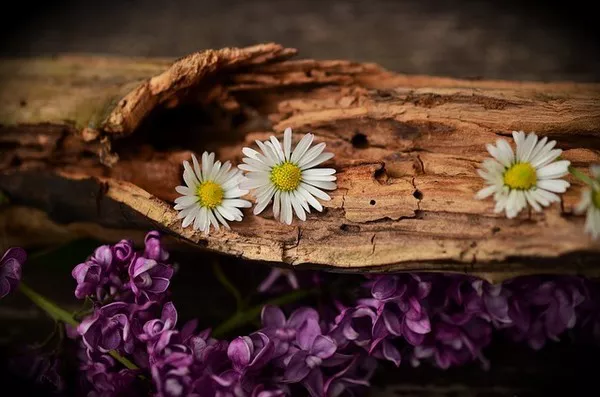Have you suddenly noticed tiny white bugs crawling all over your blossoms? While some insects are beneficial and help pollinate flowers, minute white bugs feasting on petals indicate an infestation that needs to be contained. The most common types of small white insects plaguing flower gardens are aphids, thrips, and whiteflies. Knowing which pest you are dealing with helps determine the proper control options.
Aphids
Aphids are soft-bodied, pear-shaped insects that vary in color from green to black or pink. They develop clusters on new plant growth, primarily the undersides of leaves. Aphids often first appear as tiny white bugs on flowers before maturing and turning other colors. Aphids feed by piercing plant cells with their needle-like mouthparts and sucking out the fluids. This can stunt plant growth, cause leaf deformities, and secrete honeydew, which leads to the growth of sooty mold.
Natural enemies like ladybugs, lacewings, and parasitic wasps help keep aphid populations in check. You can also control aphids with insecticidal soap sprays or neem oil every 3 to 5 days until the infestation subsides. As a last resort, contact and systemic insecticides are effective. Pruning off heavily infested plant parts and disposing of them can also limit aphid spread.
Thrips
Thrips are slender, wedge-shaped insects that feed by rasping and sucking plant fluids from leaves, buds, and flowers. They often turn white or yellowish after feeding, resembling tiny white bugs. Thrips presence is indicated by distorted, deformed growth and scarring of flower petals. Heavy infestations leave flowers wilted and discolored. Like aphids, thrips excrete honeydew that promotes sooty mold.
The best defense against thrips is regular spraying of insecticidal soap, horticultural oil, or neem oil. Apply every 5 to 7 days. Biological controls like predatory mites and tiny parasitic wasps can also help manage the thrips population over time. Contact and systemic insecticides are more toxic options for thrips control when necessary.
Whiteflies
Whiteflies are small, soft-winged insects that feed on plant sap by piercing foliage with their piercing-sucking mouthparts. Nymphs and adults resemble tiny white bugs, though nymphs appear more oval-shaped and scale-like. Heavy infestations result in yellowing or curling leaves and stunted plant growth. Whiteflies also excrete large amounts of honeydew that supports sooty mold.
Controlling whiteflies requires an integrated approach. Use yellow sticky cards to trap adult whiteflies. Spray plants weekly with insecticidal soap or horticultural oil to smother nymphs. Apply biological controls like parasitic wasps and beneficial nematodes to the soil. Contacts and systemic insecticides target both nymph and adult stages. As a last resort, imidacloprid soil drenches can provide longer-term whitefly control.
General Tips
Active scouting is crucial to spotting tiny white bug infestations in their earliest stages for the best control outcomes. Inspect flowers and foliage regularly, especially new growth.
Limit plant stresses that make them more susceptible to pests. Ensure adequate sun exposure, maintain proper soil moisture, and fertilize periodically.
Remove heavily infested plant parts to reduce insect populations. If possible, remove flower buds before the pests develop.
Implement biological and organic controls whenever feasible. Insecticidal soaps, horticultural oils and neem oil offer more sustainable approaches.
Only use contact or systemic insecticides as needed when other methods prove ineffective. Limiting synthetic pesticide use helps protect beneficial insects and pollinators.
Bank on natural enemies already present. Flower gardens naturally attract parasitic wasps, predator bugs, and other biological controls that feed on common plant pests.
Conclusion
With diligence and an integrated strategy, you can manage tiny white bug infestations on your flowers and maintain a sustainable balance in your garden. Regular inspections, organic prevention methods, and smart use of chemical controls will soon have your blossoms thriving once more. With a little TLC, your flowers can bounce back better than ever!


